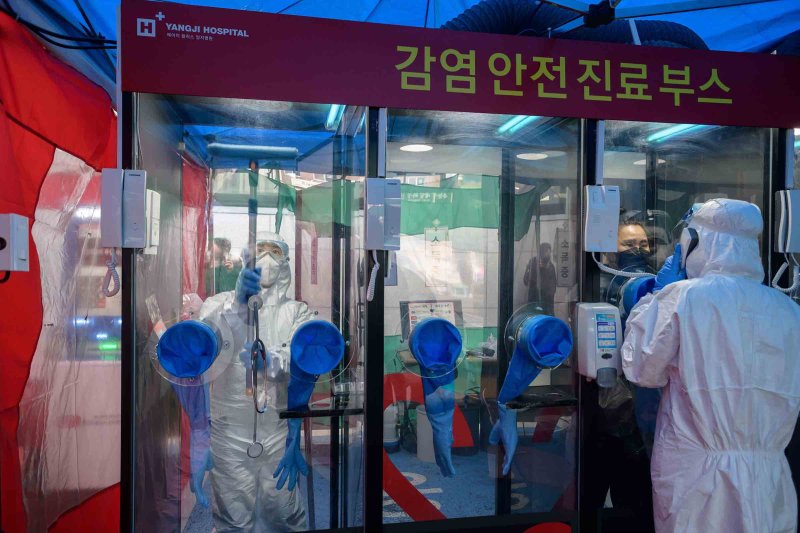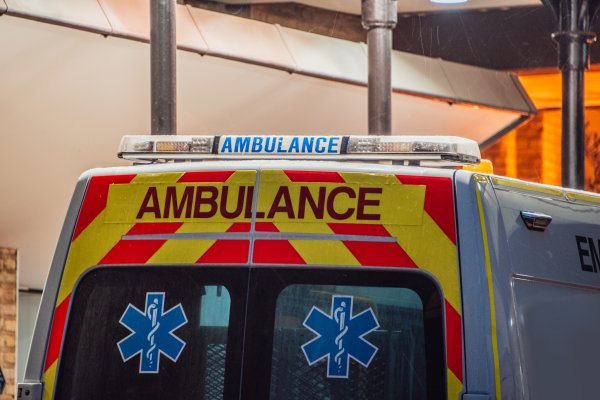SPONSOR: CardioComm Solutions (EKG: TSX-V) – The heartbeat of cardiovascular medicine and telemedicine. Patented systems enable medical professionals, patients, and other healthcare professionals, clinics, hospitals and call centres to access and manage patient information in a secure and reliable environment.

The Tech That Could Be Our Best Hope for Fighting COVID-19—and Future Outbreaks

- “The connectivity we have today gives us ammunition to fight this pandemic in ways we never previously thought possible,†says Alain Labrique, director of the Johns Hopkins University Global -mHealth Initiative.
By Alice Park
Battling a pandemic as serious as COVID-19 requires drastic responses, and political leaders and public-health officials have turned to some of the most radical strategies available. What began with a lockdown of one city in China quickly expanded to the quarantine of an entire province, and now entire countries including Italy. While social isolation and curfews are among the most effective ways to break the chain of viral transmission, some health experts say it’s possible these draconian measures didn’t have to become a global phenomenon. “If health officials could have taken action earlier and contained the outbreak in Wuhan, where the first cases were reported, the global clampdown could have been at a much more local level,†says Richard Kuhn, a virologist and professor of science at -Purdue University.
The key to early response lies in looking beyond centuries-old strategies and incorporating methods that are familiar to nearly every industry from banking to retail to manufacturing, but that are still slow to be adopted in public health. Smartphone apps, data analytics and artificial intelligence all make finding and treating people with an infectious disease far more efficient than ever before.
“The connectivity we have today gives us ammunition to fight this pandemic in ways we never previously thought possible,†says Alain Labrique, director of the Johns Hopkins University Global -mHealth Initiative. And yet, to date, the global public–health response to COVID-19 has only scratched the surface of what these new containment tools offer. Building on them will be critical for ensuring that the next outbreak never gets the chance to explode from epidemic to global pandemic.
Consider how doctors currently detect new cases of COVID-19. Many people who develop the hallmark symptoms of the -disease—fever, cough and shortness of breath—-physically visit a primary-care doctor, a health care provider at an urgent-care center or an emergency room. But that’s the last thing people potentially infected with a highly contagious disease should do. Instead, health officials are urging them to connect remotely via an app to a doctor who can triage their symptoms while they’re still at home.
“The reality is that clinical brick-and-mortar medicine is rife with the possibility of virus exposure,†says Dr. Jonathan Wiesen, founder and chief medical officer of MediOrbis, a telehealth company. “The system we have in place is one in which everyone who is at risk is potentially transmitting infection. That is petrifying.†Instead, people could call a telemedicine center and describe their symptoms to a doctor who can then determine whether they need COVID-19 -testing—without exposing anyone else.

Hundreds Flout Louisiana COVID-19 Gatherings Ban
In Singapore, more than a million people have used a popular telehealth app called -MaNaDr, founded by family physician Dr. Siaw Tung Yeng, for virtual visits; 20% of the physicians in the island country offer some level of service via the app. In an effort to control escalating cases of coronavirus there, people with symptoms are getting prescreened by physicians on MaNaDr and advised to stay home if they don’t need intensive care. Patients then check in with their telehealth doctor every evening and report if their fever persists, if they have shortness of breath or if they are feeling worse. If they are getting sicker, the doctor orders an ambulance to take those people to the hospital. Siaw says the virtual monitoring makes people more comfortable about staying at home, where many cases can be treated, instead of flooding hospitals and doctors’ offices, straining limited resources and potentially making others sick. “This allows us to care across distance, monitor patients across distance and assess their progression across distance,†says Siaw. “There is no better time for remote care monitoring of our patients than now.â€
Other at-home devices and services currently being used in the U.S. allow patients to measure dozens of health metrics like temperature, blood pressure and blood sugar several times a day, and the results are automatically stored on the cloud, from which doctors get alerts if the readings are abnormal.
Telemedicine also serves as a powerful communication tool for keeping hundreds of thousands of people in a specific region up to date with the latest advice about the risk in their communities and how best to protect themselves. That can go a long way toward reassuring people and preventing panic and runs on health centers and hospitals.
Beyond individual-level care, the data gathered by telemedicine services can be mined to predict the broader ebb and flow of an epidemic’s trajectory in a population. In the U.S., Kaiser Permanente’s tele-medicine call centers are now also serving as a bellwether for an anticipated surge in demand for health services. Dr. Stephen Parodi, national infectious–disease leader at Kaiser Permanente, was inspired by a Google project from a few years ago in which the company created an algorithm of users’ flu–related search terms to determine where clusters of cases were mounting. Parodi started tracking coronavirus–related calls from the health system’s 4.5 -million members in Northern California in February. “We went from 200 calls a day to 3,500 calls a day about symptoms of COVID-19, which was an early indicator of community–based transmission,†he says. “Our call volume was telling us several weeks before the country would have all of its testing online that we have got to plan for a surge in cases.â€
Source: https://time.com/5805622/coronavirus-pandemic-technology/
Tags: EKG, mhealth, small cap stocks, stocks